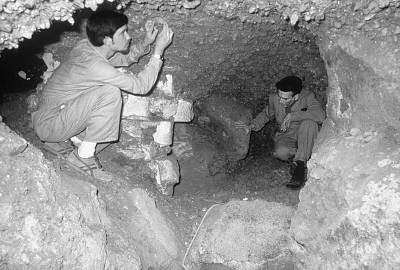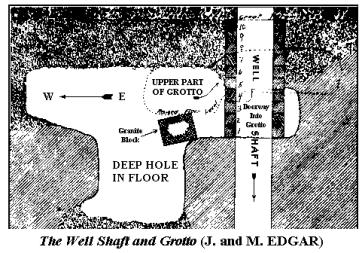

https://youtu.be/4ntxqRnZnGo
he title of this video may will you with scepticism but hopefully also some intrigue because it’s something that I’ve been looking into since taking a closer look at the natural mound of limestone that sits inside the Great Pyramid. And before you dismiss the idea of mere fiction, please stick with me, hear me out and I’d urge you to watch to the end, because this is a new, original hypothesis and I really think it’s a major part of the Great Pyramid puzzle. A mound of worked limestone, also known as an inselberg, is what the Great Pyramid was built upon and although I have, in the past, speculated that it was possibly much taller, the generally accepted idea is that the peak of the mound is located just above the grotto, which is arguably the most mysterious and out of place chamber inside the Great Pyramid. After studying the interior deposits of the grotto, as well as the construction of the Well Shaft, I believe that the grotto is in fact the location of an ancient natural spring, inside the mound of limestone bedrock that sits at the bottom of the Great Pyramid. But why is this important? This spring, this source of water known as the grotto, could actually be the key to understanding how water got into the building sites of not just the Great Pyramid of Khufu, but also the Khafre Pyramid and the Pyramid of Menkaure. Watch this video now to learn about this new Great Pyramid hypothesis, please subscribe and please leave a comment below.






 Sat Mar 23, 2024 11:33 pm by globalturbo
Sat Mar 23, 2024 11:33 pm by globalturbo

